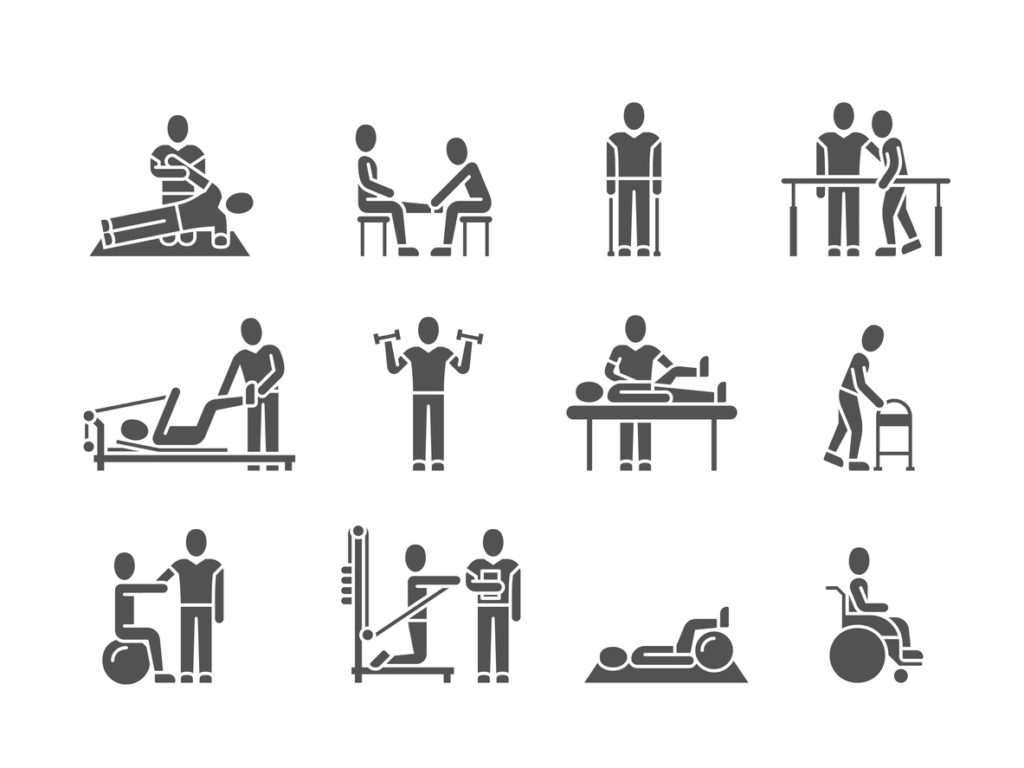The aim of this project is to determine if a single dose of oral dexamethasone at the time of discharge from the ED prevents rebound headache.
Official Title
Does a Single Oral Dose of Dexamethasone After Successful Emergency Treatment of Migraine Reduce the Incidence or Severity of Rebound Headache Within 48 Hours?
Conditions
Migraine
Study Type
Interventional
Study Design
Prevention, Randomized, Double-Blind, Placebo Control, Single Group Assignment, Efficacy Study
Further Details
Primary Outcome Measures:
- Proportion of patients who were discharged pain free that have a recurrence of headache within 48 hours.
- Proportion of patients who were not pain free at discharge whose headache is worse or unchanged within 48 hours.
Secondary Outcome Measures:
- Severity of any headache experienced.
- Proportion of patients experiencing adverse events and their type.
- Proportion of patients requiring additional analgesia within 48 hours for headache.
- Proportion of patients seeking additional treatment from GP or hospital.
- Proportion of patients who had returned to normal activity within 48 hours.
Migraine headache can be a debilitating condition. A small but significant proportion of sufferers seek treatment in emergency departments [ED], accounting for 2-5% of ED visits.Available data suggests that up to 66% of these patients may experience rebound headache after discharge that affects their ability to function normally [eg work, social, etc].It appears that inflammation plays a key role in recurrences. A number of small studies suggest that a single dose of corticosteroids at the time of discharge might prevent rebound headache. To date these studies have used intravenous dexamethasone. The aim of this project is to determine if a single dose of oral dexamethasone at the time of discharge from the ED [after successful treatment] prevents rebound headache. Hypothesis: That single dose oral dexamethasone 8mg reduces the proportion of patients who suffer rebound headache after treatment for migraine in the ED. Aims: The primary aim is to compare the proportion of patients who experience rebound headache within 48 hours after ED treatment of migraine between a group treated with single dose oral dexamethasone 8mg and a group treated with placebo. Secondary aims are to compare headache severity, analgesia/ health service use, adverse events and return to normal functioning between the groups.
Study Start
April 2005
Eligibility & Criteria
- Ages Eligible for Study: 18 Years and above
- Genders Eligible for Study: Both
- Accepts Healthy Volunteers
Inclusion Criteria:
- Consenting adult patients [age >17 years] with physician-diagnosed migraine treated in the ED who are willing and able to be contacted between 48-72 hours after discharge for follow-up.
Exclusion Criteria:
- Failure to consent
- Pregnancy
- Allergy to study medication
- Findings inconsistent with migraine
- Patients requiring hospital admission for further investigation and treatment
- Patients with active peptic ulcer disease
- Patients with Type 1 diabetes
- Patients taking corticosteroids for another condition within 7 days
- Active systemic fungal infection
- Patients previously enrolled in the study
Total Enrolment
76
Contact Details
Department of Emergency Medicine, Western Health, Melbourne, Victoria, 3011, Australia; Recruiting
- Anne-Maree Kelly, MB BS: 61 3 8345 6315; Anne-Maree.Kelly@wh.org.au
- Debra Kerr, MBL: 61 3 8345 6454; Debbie.Kerr@wh.org.au
All content and media on the HealthEngine Blog is created and published online for informational purposes only. It is not intended to be a substitute for professional medical advice and should not be relied on as health or personal advice. Always seek the guidance of your doctor or other qualified health professional with any questions you may have regarding your health or a medical condition. Never disregard the advice of a medical professional, or delay in seeking it because of something you have read on this Website. If you think you may have a medical emergency, call your doctor, go to the nearest hospital emergency department, or call the emergency services immediately.







